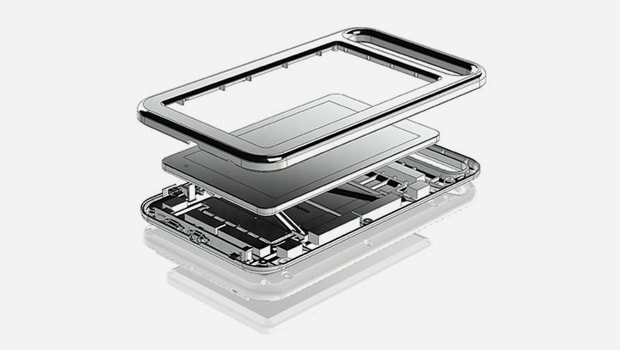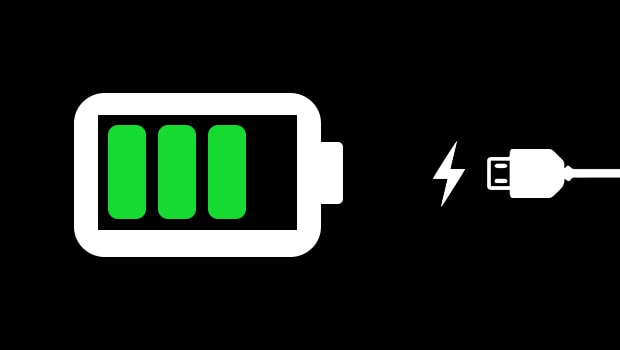
Our Top Tips on How to Extend Tablet Battery Life
Tablet battery life – Increased power = increased drainage?
Over the last decade, mobile devices have become an integral part of our everyday activities – be it social, work or even a combination of both. Year-on-year the performance of these devices have grown, as has the sheer amount of possible functions and applications. So it comes as no surprise that this can take its toll on battery performance. Consider the amount of time you’ve been half way through a task, a game or your favourite TV programme only for the battery to die. Now, consider this happening in a mission-critical application where any downtime can be highly detrimental to overall operations!
Wouldn’t it be great if there was a way to make your tablet battery life last longer so you can power through a full shift? Well, there is!
First, let’s take a look at modern batteries. The predominant battery technology used today when high-power density is required is lithium-ion (Li-ion). Typically, batteries in these products are expected to last around a day with average usage from a single charge; the techy term for this is a cycle. A battery goes through a cycle when it is fully charged and then discharged.
So, how do you go about extending tablet battery life?
One way to make tablet battery life last longer would be to have a device use less power from one generation to the next, so the same battery would allow the device to last longer on a full charge. Typically, the power draw from one generation to the following one is around the same; however the performance of the device increases with more computing cores, more memory and faster I/O.
Another possibility would be to increase the power density and physical size of the battery, while shrinking other components in the device. Batteries do sometimes get physically bigger and offer a higher capacity (more mA hours in a given volumetric space). Now, focusing on the capacity metric, there are generally a few ways that battery manufacturers can do this. The materials used to build the battery evolve over time, with more exotic materials being utilised that allow for more energy to be stored. They can also adjust the maximum charge voltage of a battery. The typical maximum for Li-ion is 4.2V; however you will find batteries where this number is greater, e.g. 4.30V or 4.35V.
There are many factors that need to be considered to ensure a Li-ion battery delivers optimal performance for differing applications:
- How long does the device need to last each day?
- What is the thermal environment the device is going to be used and charged in?
- How many charge/discharge cycles of the battery are needed before a replacement is required?
Here at Captec, we work with our customers to understand their applications and mobile computing requirements. This allows us to modify the parameters that control the Li-Ion batteries to meet the exact needs of customer applications.
An example of this is to offer greater battery longevity, i.e. increase the number of charge/discharge cycles a battery can withstand before the capacity degrades to a detrimental level. To achieve this, we analyse the overall thermal environment the battery is being used within to ensure it is optimal, as batteries working outside their recommended operating temperature can be degraded faster.
The Effects of Battery Swelling
It is also important to look at the maximum charge voltage/cut-off voltage to see if improvements can be made to prolong tablet battery life over the long-term without affecting the capacity. Studies have shown that optimising this parameter can greatly increase the number of charge/discharge cycles a battery can withstand before the full charge capacity reduces to a detrimental level.
In extreme instances where these factors are not properly considered, problems like battery swelling or accelerated degradation of full charge capacity can happen. Where battery swelling occurs, the barriers that separate anode and cathode as well as intra-cell are compromised, potentially causing harmful chemical instability that can lead to thermal runaway.
At Captec, we have undertaken extensive research on batteries and charging/discharging methodologies to help us optimise these in our tablet products. We can offer advice to help make sure your mobile computing device is fully optimised for your application. Larger capacity batteries, additional backup batteries, custom cases, enhanced connectivity options are just a few examples!
Find out more about our Tablet Plus customisation service here and learn how we can prolong the life of your batteries and application.




